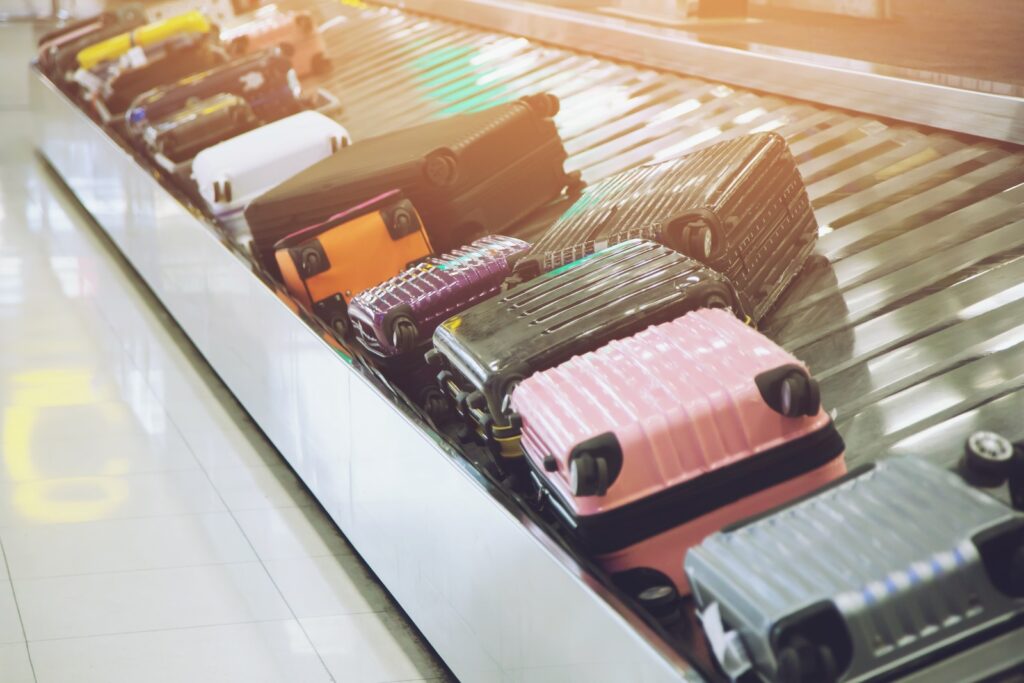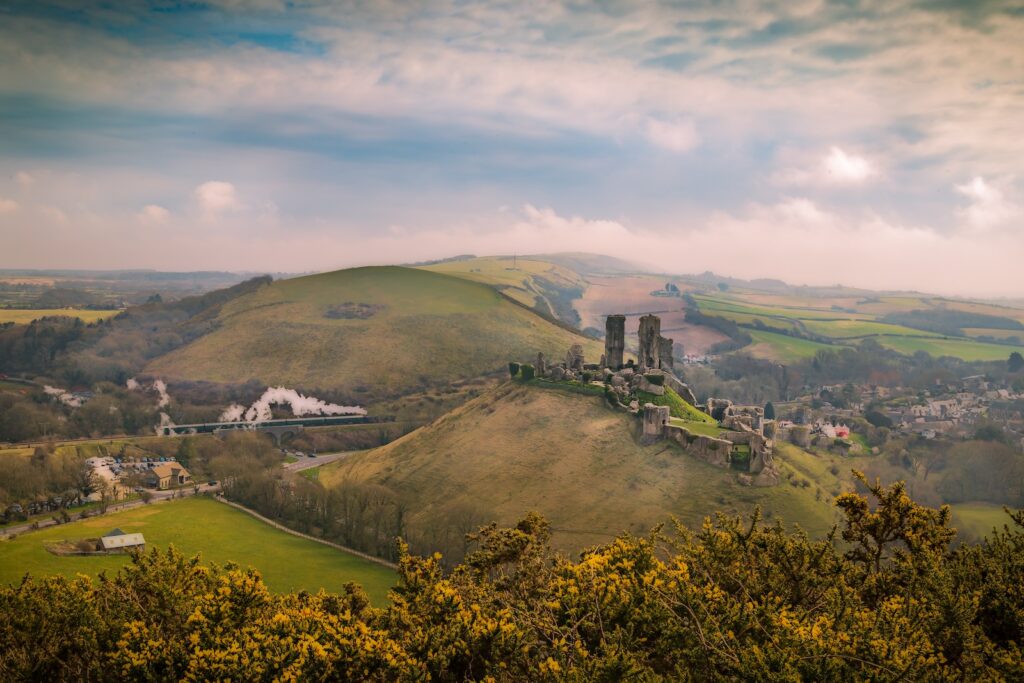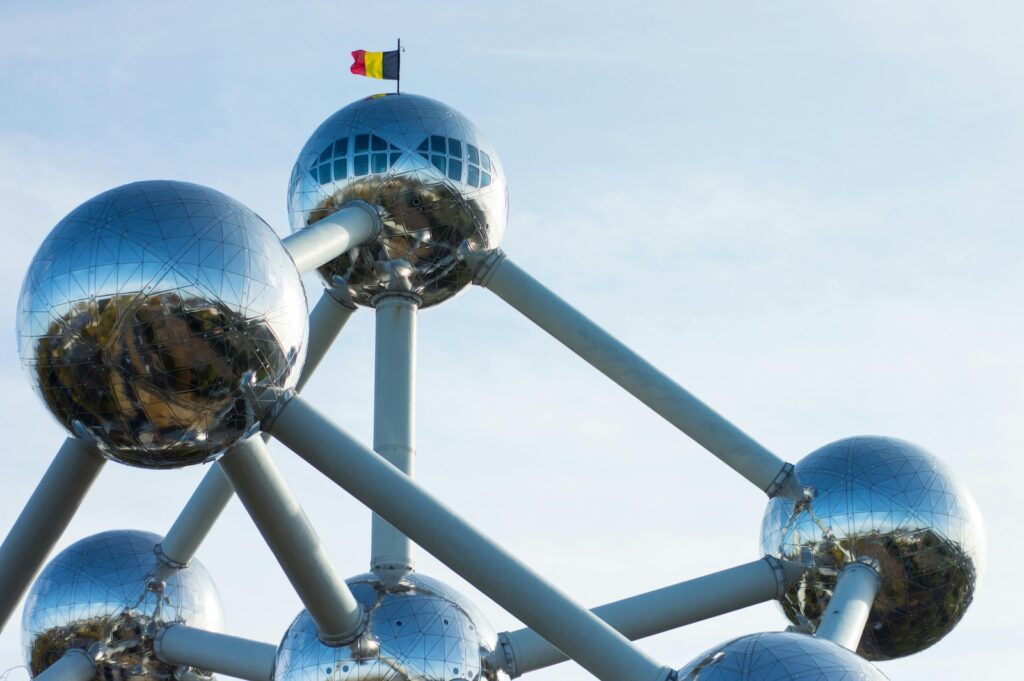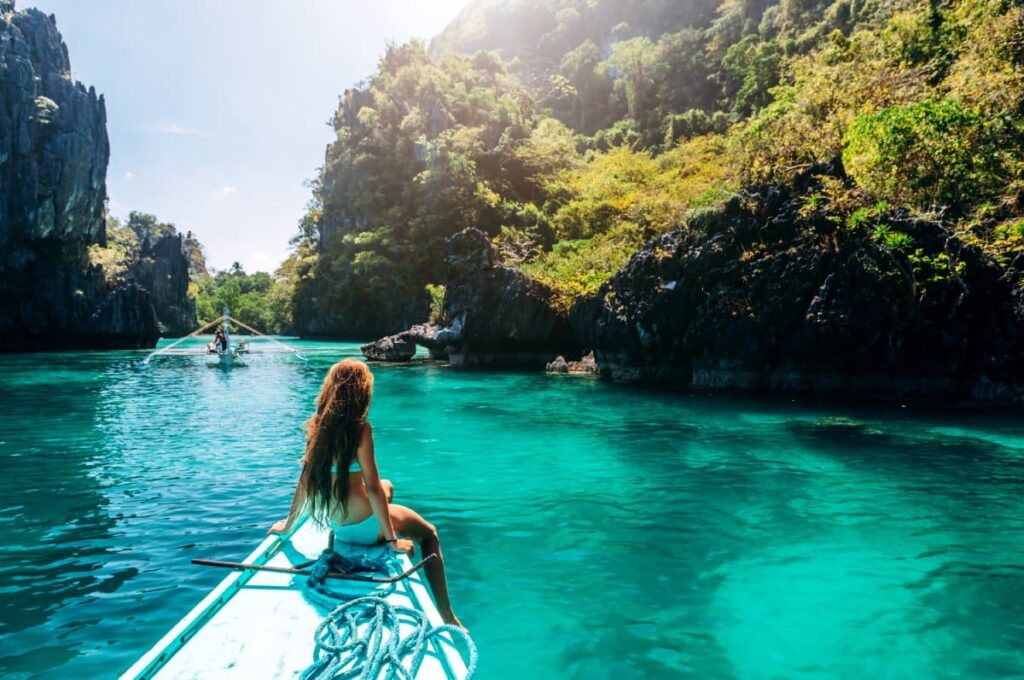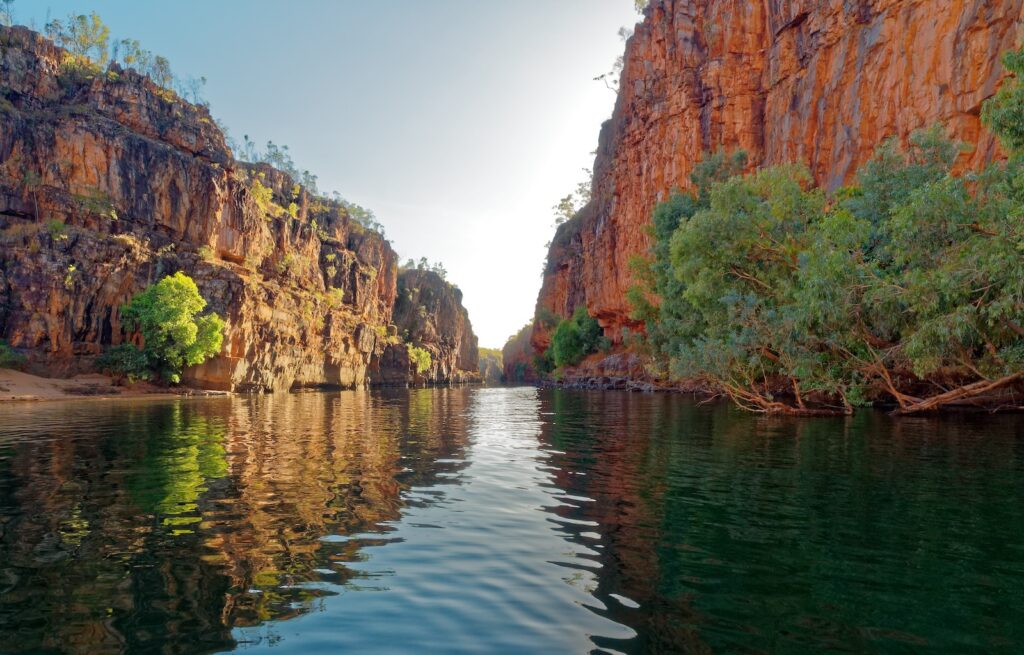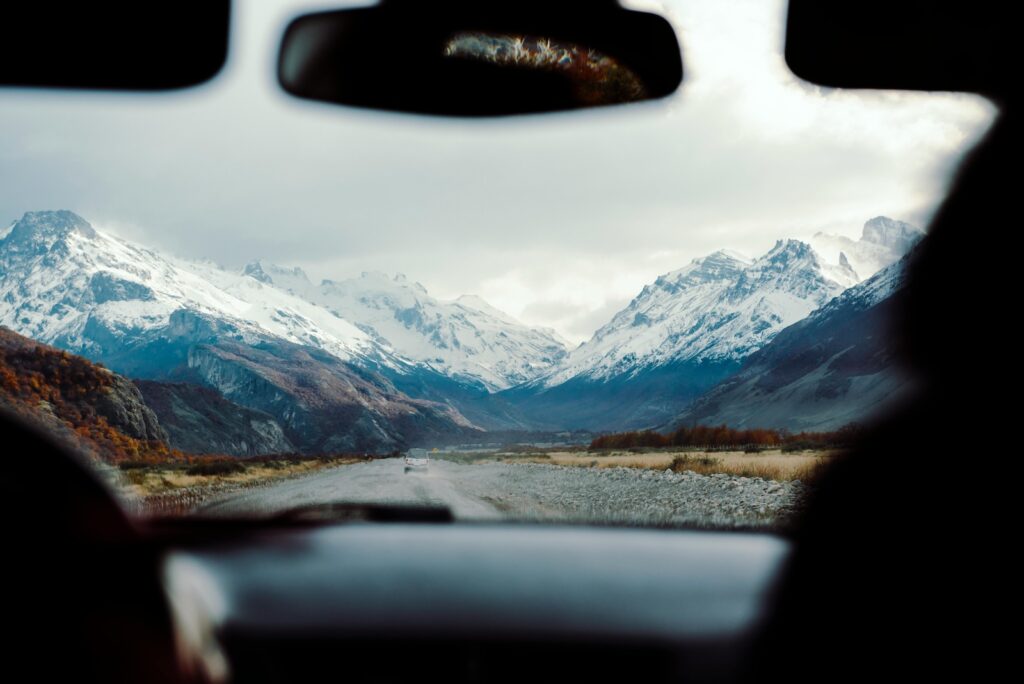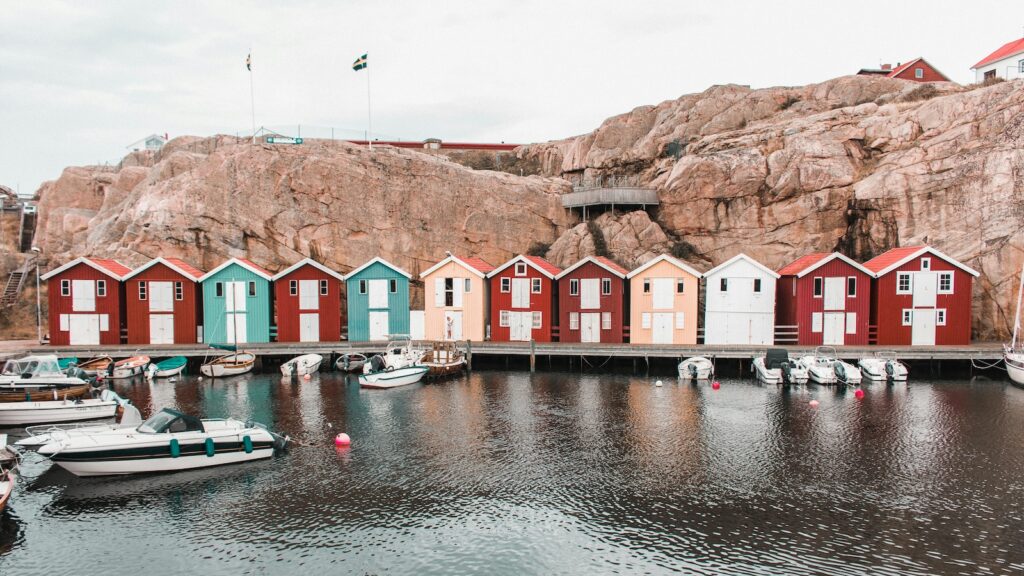When I think about my most unforgettable travels in Italy, it’s not the big cities that come to mind. It’s not walking the well-trodden streets of Florence or craning my neck in the Sistine Chapel.
Instead, it’s the quiet moments in the countryside, the unexpected discoveries in small villages, and the freedom of taking the road less traveled—literally. That’s the magic of an Italian road trip.
Italy by car opens up a world that trains and tour buses just can’t reach. It’s the farm-to-table restaurant tucked into a hillside, the vineyard so small it doesn’t export, or the mountain pass with views that make you stop the car just to take it all in. Over four weeks, I let the roads guide me through Italy’s heart, from the foothills of the Alps to Sicily’s sun-soaked shores, and I found an Italy I’d never known existed.
Starting in the North: Piedmont and Liguria
I began in Piedmont, where the air feels crisp and the rolling vineyards stretch as far as the eye can see. Turin, with its elegant piazzas and café culture, was the perfect place to ease into the trip. But it was Alba, a smaller town surrounded by truffle-rich forests, that truly stole my heart. Driving between villages like Barolo and La Morra, I lost count of how many vineyard signs I passed, each one promising a tasting room more intimate than the last.
From there, I made my way to Liguria—not to the well-known Cinque Terre but to Portovenere. This UNESCO-listed gem felt like the perfect antidote to the crowds just a few miles away. I spent my days wandering the town’s colorful streets, hiking coastal paths, and enjoying seafood so fresh it was almost an insult to add lemon.
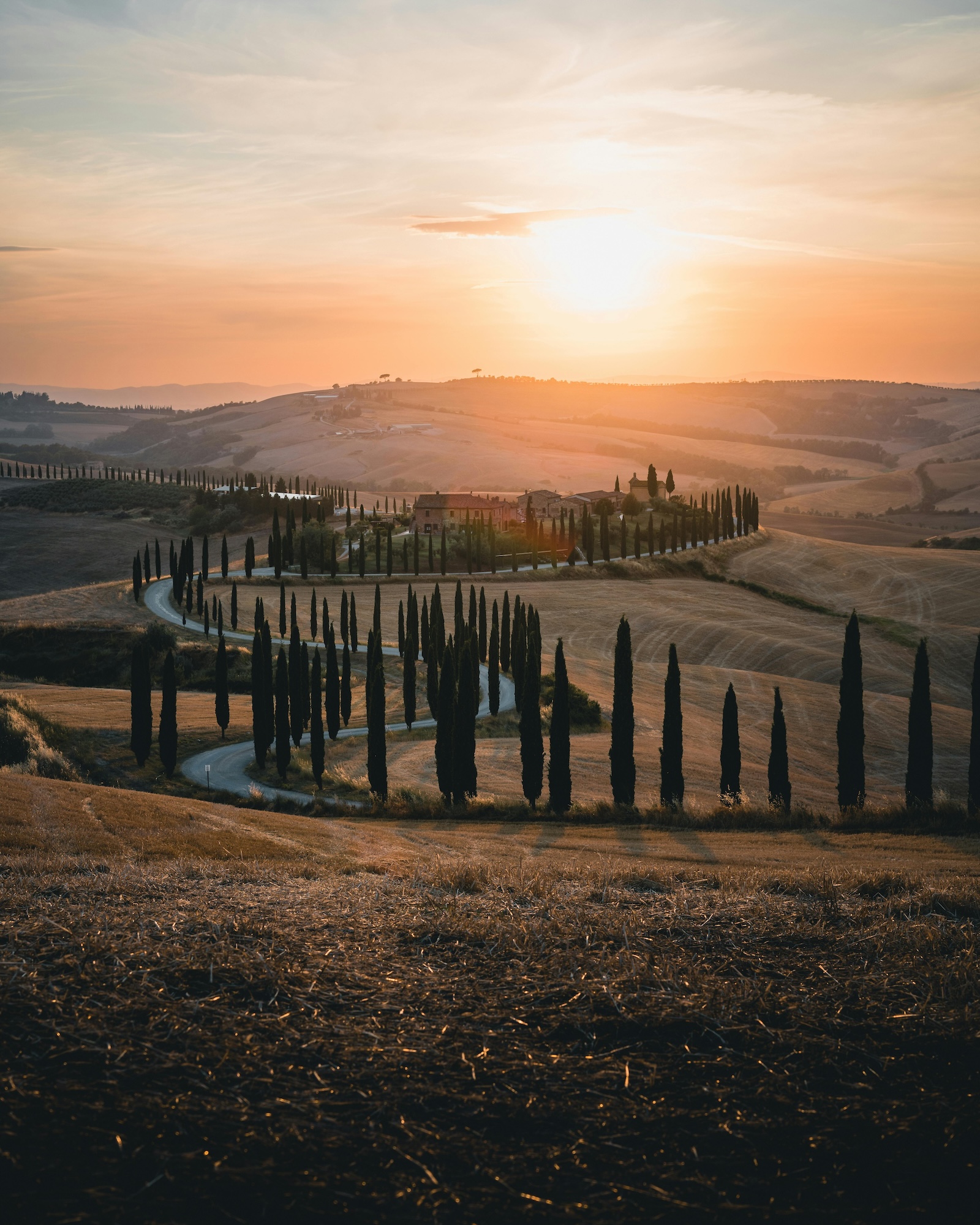
Tuscany Beyond Florence
Tuscany is what most people picture when they think of Italy—golden fields, cypress-lined roads, and stone farmhouses bathed in soft light. But rather than staying in Florence, I set my base in Montepulciano. Driving through the Val d’Orcia, every turn seemed to reveal a new postcard-perfect view.
One afternoon, I found myself at a family-run olive grove where the owner invited me to join a small group for a tasting. There was fresh bread, pungent green olive oil, and stories about their harvest season. It’s moments like this that remind me why having a car in Tuscany is essential—you can’t plan these encounters, and you certainly won’t find them on a train route.
Umbria: The Quiet Neighbor
While many travelers rush through Umbria on their way south, I slowed down and stayed in Spello, a town so picturesque it feels staged. The cobblestone streets were lined with flower boxes, and I spent my days exploring the nearby villages of Bevagna and Montefalco. Driving through the Sibillini Mountains was a highlight—a winding, scenic route that made me grateful for the flexibility a car provides.
The Amalfi Coast, But Different
The Amalfi Coast is one of Italy’s most iconic regions, but I skipped the more famous towns of Amalfi and Positano, opting instead for Vietri sul Mare. Known for its ceramics and quieter vibe, Vietri offered the perfect base for exploring the coastline. Each day, I took the coastal roads at my own pace, stopping at viewpoints that weren’t listed on any map.
Capri, often thought of as exclusive and overwhelming, felt accessible thanks to a simple ferry ride. There, I explored the island’s quieter corners, skipping the crowds for hidden coves and a limoncello tasting at a local distillery.
Calabria and Crossing to Sicily
As I ventured further south, the pace of life seemed to slow even more. Calabria was a revelation—Tropea, with its cliffside perch and turquoise waters, was as beautiful as anything I’d seen on the Amalfi Coast, but without the hordes of tourists. I spent my evenings dining on fresh seafood, paired with a glass of the region’s full-bodied wines.
Crossing to Sicily by ferry felt like an adventure in itself. Sicily is vast, and having a car here made all the difference. From the rugged coastline near Cefalù to the ancient ruins in Agrigento, every drive felt like an exploration. Palermo, a city brimming with energy, was my final stop. Its bustling markets, street food, and rich history were the perfect conclusion to this month-long journey.
Why a Road Trip Changes Everything
Driving through Italy allowed me to see a side of the country that isn’t polished for postcards. It’s the small-town festivals where you’re the only tourist, the roadside trattorias where the menu isn’t written down, and the sense of freedom that comes with having no fixed schedule.
Yes, it takes a bit more planning. You’ll need to navigate narrow streets, decipher parking signs, and sometimes get lost along the way. But every challenge is rewarded with an experience that feels uniquely yours.
So, if you’ve ever dreamed of seeing Italy in a way that feels personal, don’t let the usual itineraries dictate your trip. Hit the road, explore the in-between places, and let Italy reveal itself one winding drive at a time.
Featured Image Credit: Shutterstock / Stan Swinnen.
For transparency, this content was partly developed with AI assistance and carefully curated by an experienced editor to be informative and ensure accuracy.


